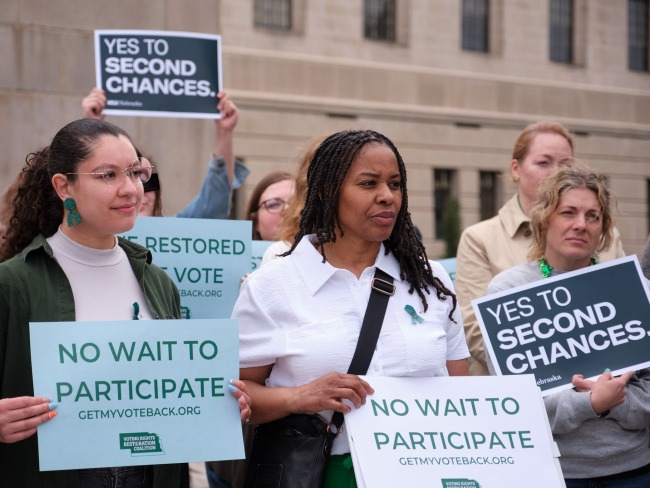Federal Prisons at a Crossroads
Recently enacted policy changes at the Department of Justice and certain Congressional proposals may jeopardize federal sentencing progress.
Related to: Federal Advocacy, Incarceration, Sentencing Reform, Drug Policy
The number of people incarcerated in federal prisons has declined substantially in recent years. In fact, while most states enacted reforms to reduce their prison populations over the past decade, the federal prison system has downsized at twice the nationwide rate. But recently enacted policy changes at the Department of Justice (DOJ) and certain Congressional proposals appear poised to reverse this progress.
Congress, the United States Sentencing Commission (USSC), and the DOJ reduced the federal prison population by reforming sentencing laws, revising sentencing guidelines, and modifying charging directives, respectively. But the DOJ’s budget proposal for 2018 forecasts a 2% increase in the federal prison population.1 The policy changes contributing to this reversal include:
- Attorney General Jeff Sessions’ directive instructing federal prosecutors to increase their reliance on mandatory minimum sentences for low-level drug convictions.2
- The Attorney General’s instruction to federal prosecutors to increasingly pursue criminal convictions for immigration law violations
and his memorandum paving the way for greater use of private prisons.3 - Congressional proposals to create new mandatory minimum sentences or increase existing ones for a range of drug, immigration, and violent crimes.4
These policy shifts run counter to research and practice on effective crime policy. This brief explains why increasing the use and length of prison terms for people with drug convictions in particular–who account for half of the federal prison population–will produce little public safety benefit while carrying heavy fiscal, social, and human costs.5 Experience with criminal justice policy changes at the federal and state levels shows it is possible to substantially cut reliance on prisons without any adverse effects on public safety.
| 1. | Reinhard, B. (2017, June 8). Federal Prison Population Expected to Grow Under Trump. The Wall Street Journal. |
|---|---|
| 2. | Sessions, J. (2017). Attorney General Jeff Sessions Delivers Remarks at Sergeants Benevolent Association of New York City Award Presentation. The United States Department of Justice. |
| 3. | Sessions, J. (2017, April. 11). Memorandum for All Federal Prosecutors. Office of the Attorney General; Sessions, J. (2017, Feb. 21). Memorandum for the Acting Director, Federal Bureau of Prisons. Office of the Attorney General. |
| 4. | Wheeler, L. (2017, May 30). GOP Pushes New Minimum Sentencing Laws. The Hill. |
| 5. | On how escalating immigration enforcement contradicts decades of criminological research and disregards police leaders’ concerns, see Ghandnoosh, N. & Rovner, J. (2017). Immigration and Public Safety. The Sentencing Project. On the limited public safety benefit of increasing already severe penalties for violent crimes, see Ghandnoosh, N. (2017). Delaying a Second Chance: The Declining Prospects for Parole on Life Sentences. The Sentencing Project. |



